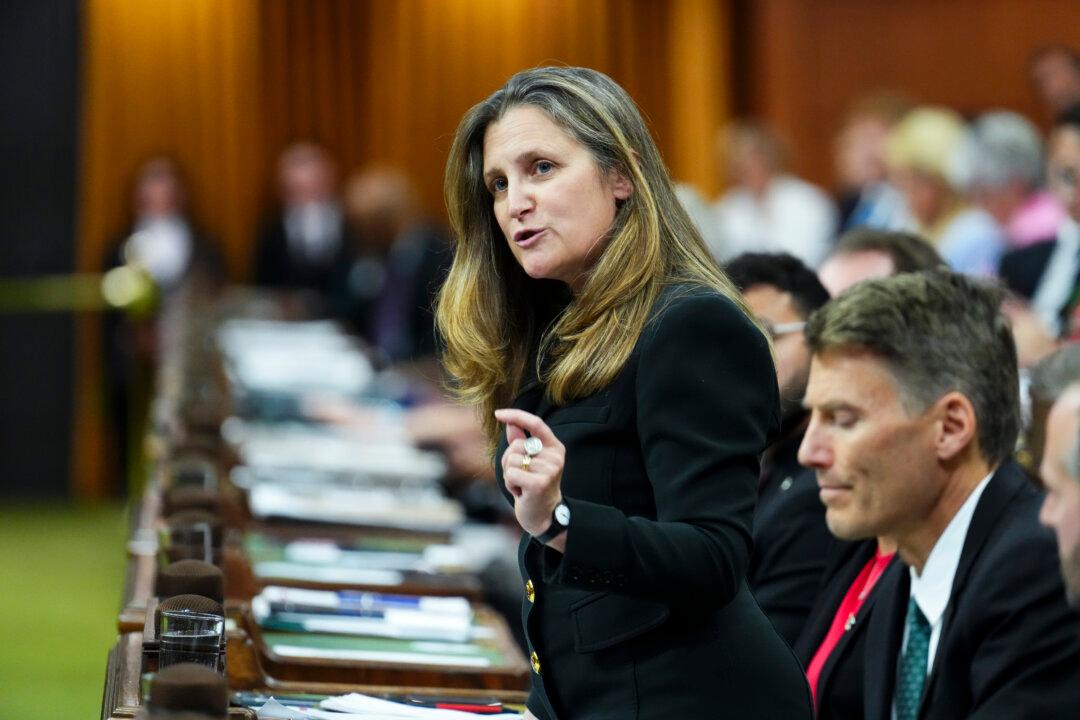Despite the lifting of most COVID-19 restrictions at all levels of government, federal office buildings still have a high rate of empty workstations, according to internal records.
Conservative MP and once party leadership candidate Scott Aitchison filed an Inquiry of Ministry in late October to find, across departments and agencies, the number of government-owned buildings, their current occupancy levels, and the projected occupancy in a post-pandemic setting.





